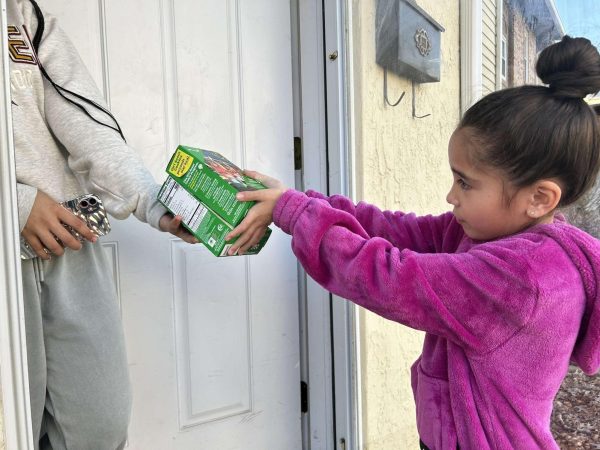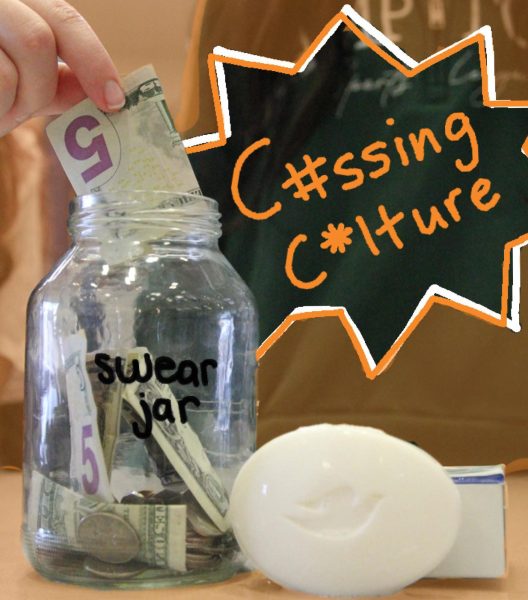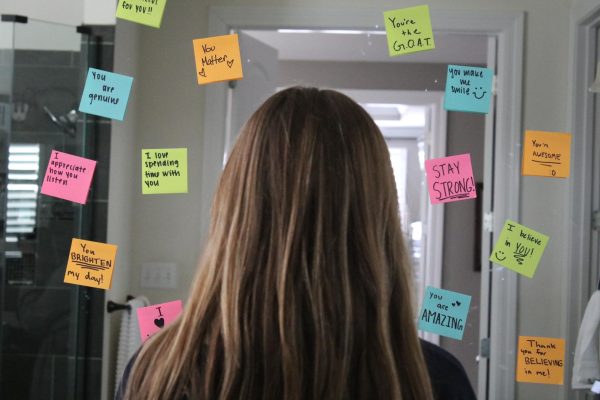Culture Impacts Slang Usage Among MHS Students
Media by Mason Kellerman
According to the Pew Research Center, 64 percent of teens claim that they “incorporate some informal styles from their text-based communications into their writing at school.”
“I feel like I have to spill the tea,” Brionna Lacy, sophomore, said. She, like many other students at MHS, has felt the pressure to use slang as well as the first hand effects of it.
She said Generation Z feels the need to speak the same and be the same to fit in. Lacy compared wearing trendy clothes to speaking in slang, pointing out the conformity aspect of slang, which she said sometimes leads to “empty, worthless conversations”.
“It’s a way of connecting with one another,” Lacy said. “Sometimes it gets to the point of conformity, but, aside from that, it brings everyone together in a sense.”
Lacy thinks the reason for new modern slang might be the current generation’s ingenuity.
“Our generation seems to be more creative when it comes to how we communicate with one another, both on social media and in person,” Lacy said.
While some, like Lacy, say Generation Z’s creativity is the root cause of some slang, others say a large part of what we think of as today’s slang is actually African American Vernacular English, or AAVE. According to Tylah Silva from Study Breaks, AAVE is an evolution of language from the days of slavery, when African slaves didn’t know English and had to combine multiple cultures into a language to communicate with each other. Words like “on fleek”, “shade”, and “bae” are mistaken as slang when they are in fact AAVE terms adapted in to today’s pop culture.
Rob Durham, language arts teacher, also attributes culture to slang, saying that slang is a product of the diversity at MHS. Durham said that, growing up in an all-white school, he wanted to be “hip and different”, so he listened to rap music at a time when no one else in his school did and, as a result, there wasn’t much slang.
“Here, you may have some friends bring in words from other cultures,” Durham said.
Durham also said that slang is hurting the written language.
“I’ve seen finna, hella and lit multiple times in papers,” Durham said.
According to the Pew Research Center, 64 percent of teens claim that they “incorporate some informal styles from their text-based communications into their writing at school.” Also, half of all teens say that instead of proper capitalization and punctuation, they sometimes use informal writing in their schoolwork.
Durham points out that short videos like Tik Tok and Vine influence this trend.
“There’s no time to worry about punctuation, so you’re getting an abridged version of a sentence,” Durham said.
While slang may negatively affect language arts, Joshua Hyde, sociology teacher, views slang differently.
“[New slang] is just the youth generation trying to establish its own culture,” Hyde said.
Hyde said that, alongside typical slang words, movements like #MeToo are spread on social media the same way. Hyde said that, for example, when someone comes in and talks about the #MeToo movement, other girls may be inspired to get the word out about it on social media and connect to women doing the same.
“Social media becomes the outlet or the means for travel,” Hyde said.
Your donation will support the student journalists of Marquette High School. Your contribution will allow us to purchase equipment and cover our annual website hosting costs. You may become a PATRON by making a donation at one of these levels: White/$30, Green/$50, Blue/$100. Patron names will be published in the print newsmagazine, on the website and once per quarter on our social media accounts.

Arpitha Sistla (she/her), senior, is a Co-Online Editor in Chief for the Messenger. This will be her 3rd year on staff. Outside of the Messenger, she is...

Mason Kellerman (he/him), senior, is the Illustrator and Web Designer for the Marquette Messenger. This will be his third year on staff. Mason is president...







